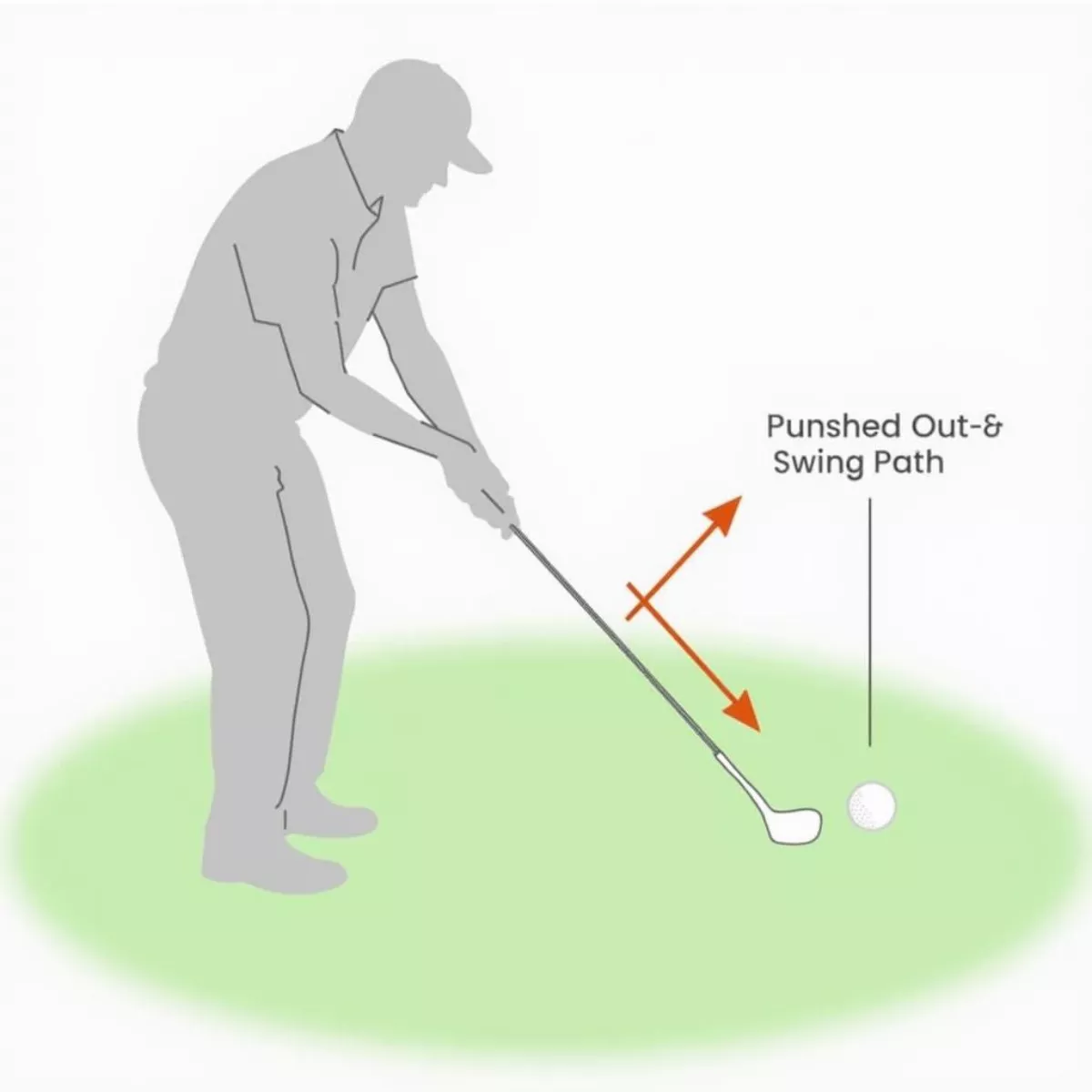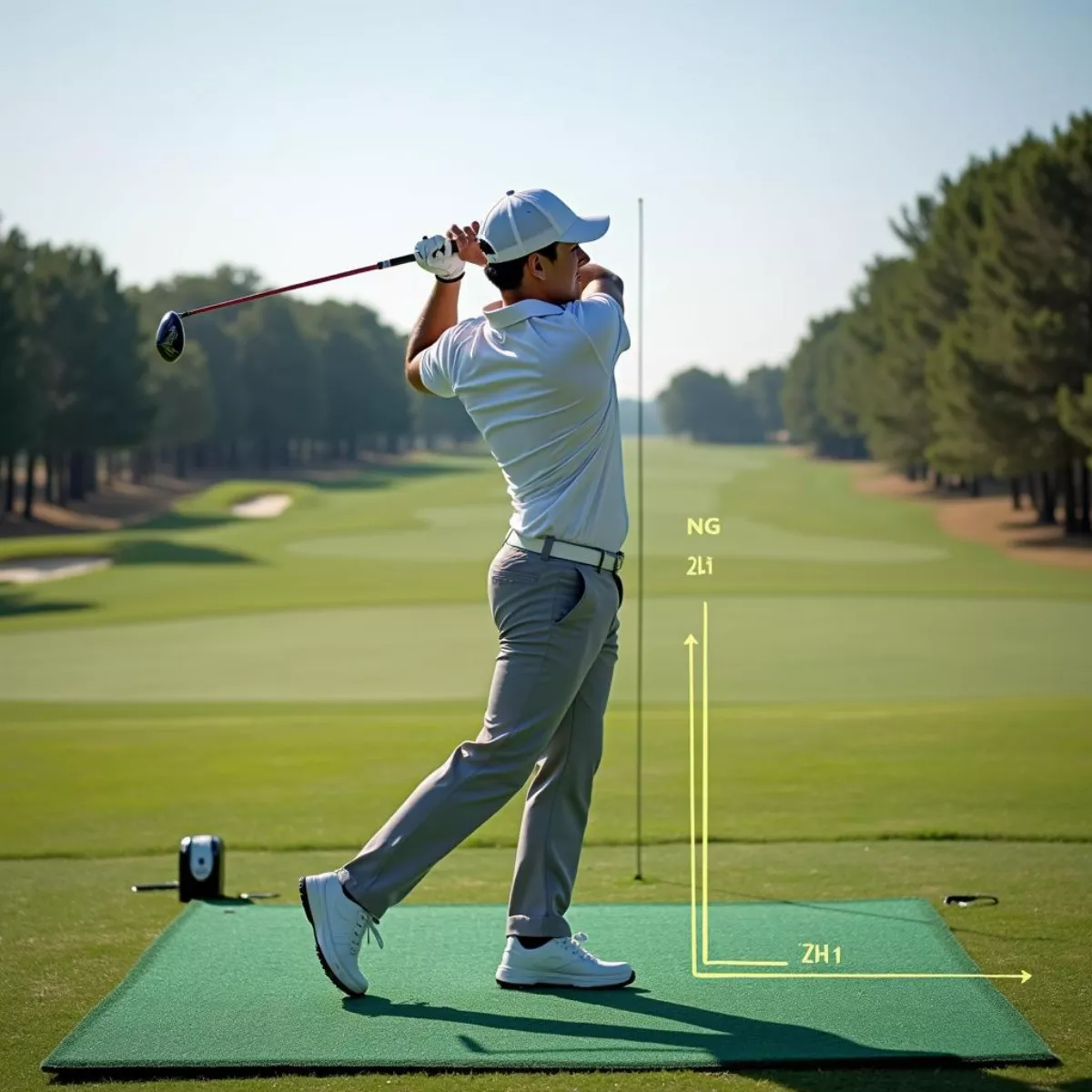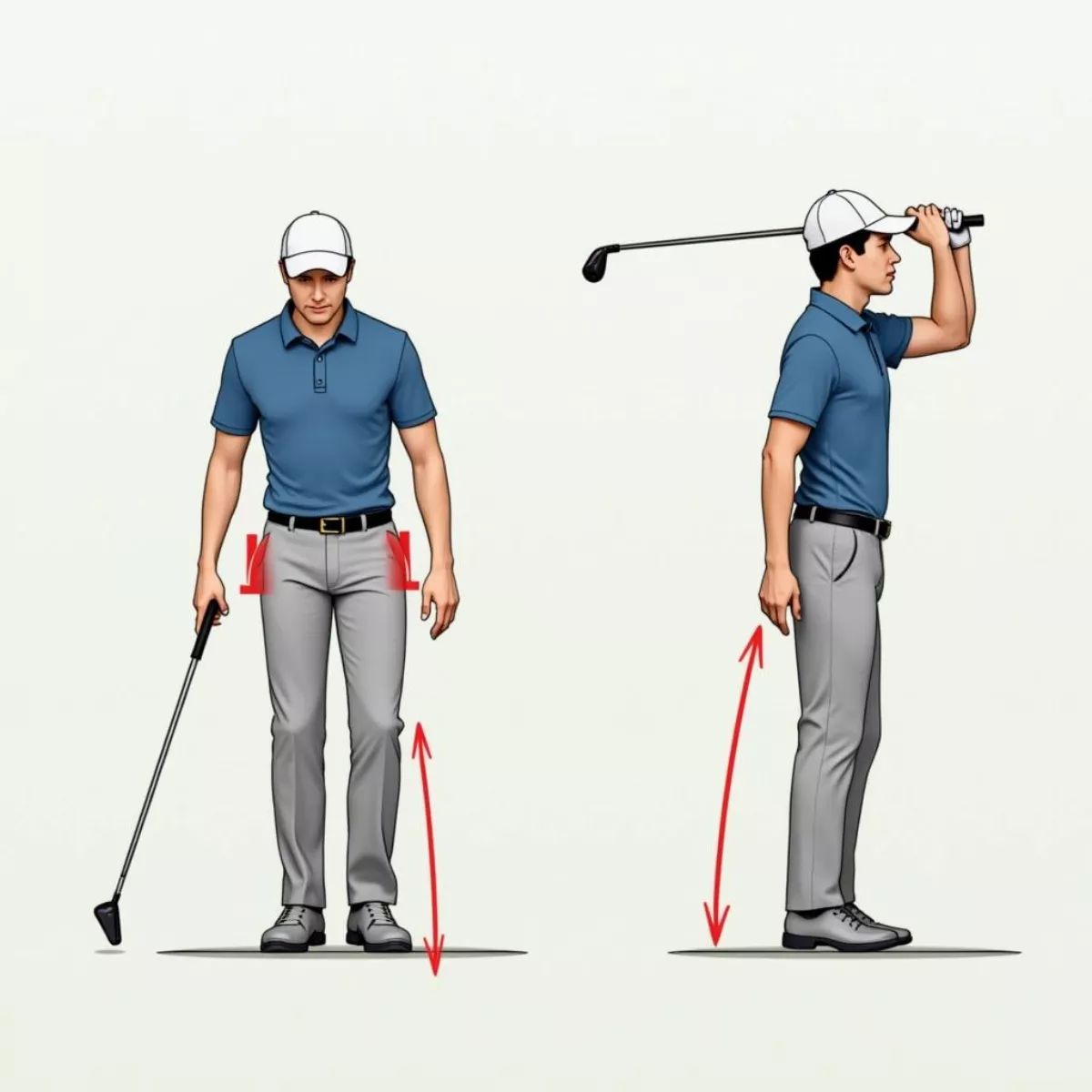If you’ve ever experienced a shot that’s gone disappointingly off to the right (for a right-handed golfer), you’re not alone. Pushing the ball is a common issue that can frustrate golfers of all skill levels. Understanding the causes behind a push can help you improve your game and maintain better control over your shots. This article will delve into the various factors that lead to a push in golf, providing helpful tips and solutions to correct this common flaw.
Understanding the Concept of a Push
First off, let’s clarify what we mean by a push. In golfing terms, a push occurs when the ball travels in a straight line to the right of the intended target for right-handed players (and to the left for left-handed players), without exhibiting any curve. This means that the shot starts right and continues on that line, resulting in a loss of distance and accuracy.
Why Does a Push Happen?
A push can stem from several swing faults, setup errors, and mental factors. Let’s break these down:
1. Improper Alignment
- Incorrect Stance: If your feet, hips, and shoulders are aligned to the left of your target, you’ll likely push your shots right.
- Target Focus: Many players get fixated on the ball rather than the target, affecting their overall alignment.
2. Swing Path Issues
- Out-To-In Swing Path: A common cause of a push is an overly inside-to-out swing path. This movement can lead to a straight shot or a push.
- Early Release: Releasing the clubhead early in the downswing causes it to veer right instead of keeping a neutral path.
 Golf Swing Path Causing a Push
Golf Swing Path Causing a Push
3. Grip Problems
- Grip Pressure: Too tight of a grip can lead to tension in the club, adversely affecting your swing.
- Grip Position: Incorrect grip positioning can alter the clubface angle, resulting in pushes.
4. Clubface Orientation
- Open Clubface: If the clubface is open at impact, it pushes the ball to the right.
- Poor Follow-through: An incomplete follow-through can also impact how the clubface strikes the ball.
5. Physical and Mental Factors
- Physical Limitations: Tight muscles or improper physical conditioning can lead to an inconsistent swing.
- Mental Block: Anxiety or pressure during a round can lead to poor decision-making and subconscious compensations.
How to Correct a Push
Recognizing what causes a push is only part of the solution. Here are some practical tips and drills to correct the problem:
Alignment Drills
- Target Line Drill: Place a club along your toes pointing to your target. This ensures you’re aligned properly.
- Mirror Check: Use a mirror to check your setup and alignment before you take your swing.
Swing Path Adjustments
- Toe-Up Drill: Practice swinging with the toe of the club facing up at the top of your backswing, then down, ensuring a more neutral swing path.
- Marker Drill: Place an object (like a tee) one foot behind the ball and aim to swing over it to keep your path in check.
 Golfer Practicing Alignment Drills
Golfer Practicing Alignment Drills
Grip Adjustments
- Grip Pressure: Practice gripping the club lightly. Think of holding a baby bird; firm enough not to drop it but gentle enough not to crush it.
- Grip Check: Ensure your grip isn’t too far in your palm and that your lead hand is neutral.
Clubface Awareness
- Impact Bag Drill: Use an impact bag to practice striking with the correct clubface angle. Focus on keeping the clubface square at impact.
- Visualization: Imagine a clock face around your ball. Striking it as if it were a 10 o’clock position can help keep your clubface in check.
Body Movements
- Hip Rotation Exercises: Incorporate hip mobility drills to help improve your body’s rotation during the swing.
- Deep Breaths: Amidst mental blocks, take a few deep breaths before each shot to calm your nerves.
 Golfer Performing Hip Rotation Exercise
Golfer Performing Hip Rotation Exercise
Key Takeaways
- Alignment Matters: Ensure your body is aligned parallel to your target line.
- Swing Path is Key: A neutral swing path helps maintain the intended direction.
- Grip Techniques: Maintain a proper grip to aid control over the clubface.
- Physical and Mental Readiness: Maintain both physical fitness and a relaxed mindset when hitting the ball.
FAQs About Pushing in Golf
- What is a push in golf?
- A push is when the ball travels straight to the right of the intended target without curving.
- What causes a push?
- A push can be caused by improper alignment, swing path issues, grip problems, and clubface orientation.
- How can I correct my alignment?
- Use alignment sticks or a club to visualize the correct target line and practice until your stance is consistent.
- Does grip pressure affect my shots?
- Yes, overly tight grip pressure can lead to tension and poor shot execution. Aim for a relaxed grip.
- What drills can I use to improve my swing path?
- The toe-up drill and the marker drill are excellent for helping you practice a more neutral swing path.
- How can I tell if my clubface is open at impact?
- Check for consistent ball flights; if your shots often go right, it might indicate an open clubface.
- Do mental factors really affect my game?
- Absolutely! Anxiety or lack of confidence can lead to swing errors. Mindfulness techniques can help.
- Can physical fitness help my swing?
- Yes, improving flexibility and strength can greatly enhance your swing dynamics.
- Is impact positioning important?
- Yes, ensuring the clubface is square at impact is crucial for consistent shots.
- How long will it take to correct a push?
- Improvements vary by individual. Consistent practice and application of the right techniques will accelerate progress.
By understanding the factors that lead to a push in golf and implementing these corrective strategies, you can turn your pushes into straight shots or draws, enhancing your overall performance on the course. Remember, every golfer has their struggles, but awareness and practice are your best friends on the path to improvement. Happy golfing!